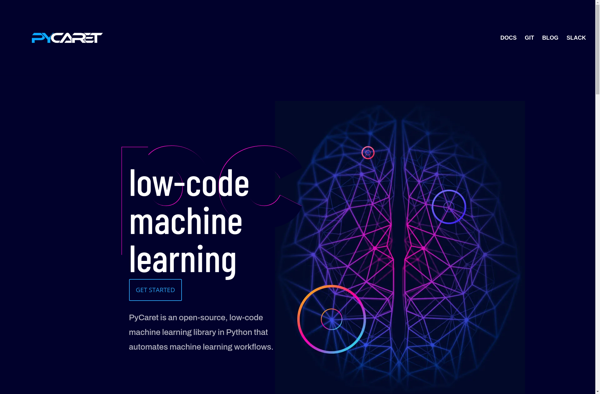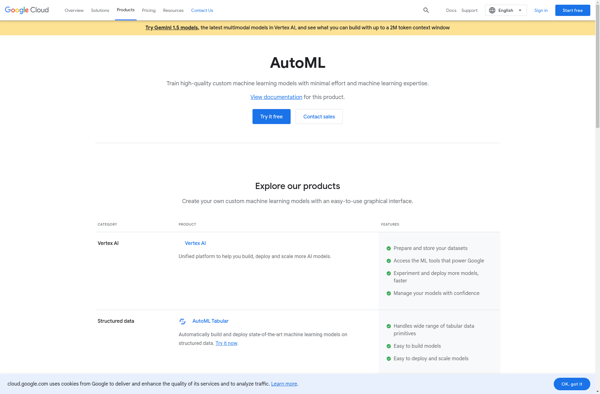TensorFlow

TensorFlow: End-to-End Open Source Platform for Machine Learning
TensorFlow is an end-to-end open source platform for machine learning. It has a comprehensive, flexible ecosystem of tools, libraries and community resources that lets researchers push the state-of-the-art in ML and developers easily build and deploy ML powered applications.
What is TensorFlow?
TensorFlow is an end-to-end open source platform for machine learning developed by Google. It has a comprehensive, flexible ecosystem of tools, libraries and community resources that lets researchers push the state-of-the-art in ML and developers easily build and deploy ML powered applications.
TensorFlow provides stable Python and C++ APIs, as well as non-ML frameworks like TensorFlow.js, TensorFlow Lite, TensorFlow Extended and TensorFlow Federated. The flexible architecture allows deployment of computation across a variety of platforms (CPUs, GPUs, TPUs), from desktops to clusters of servers to mobile and edge devices.
TensorFlow was originally developed by the Google Brain research team for internal Google use. It was first released under the Apache 2.0 open source license in November 2015. Development and maintenance has continued with regular updates from Google as well as contributions from developers around the world.
Some of the key capabilities and features of TensorFlow include:
- Flexible computational model to easily express a wide variety of algorithms
- Strong support for both CPU and GPU computing as well as TPU support
- Abstractions to easily build models layer by layer
- Deploy trained models in production with TensorFlow Serving
- Visualization toolkit to understand, debug and optimize TensorFlow models
- Collection of reference models covering vision, text, time series etc.
With its flexibility, simplicity and large adoption, TensorFlow has become one of the most popular platforms for ML applications across domains like computer vision, NLP, speech recognition, recommender systems, time series forecasting and many more.
TensorFlow Features
Features
- Open source machine learning framework
- Supports deep neural network architectures
- Runs on CPUs and GPUs
- Has APIs for Python, C++, Java, Go
- Modular architecture for flexible model building
- Visualization and debugging tools
- Pre-trained models for common tasks
- Built-in support for distributed training
Pricing
- Open Source
Pros
Cons
Official Links
Reviews & Ratings
Login to ReviewThe Best TensorFlow Alternatives
Top Ai Tools & Services and Machine Learning Frameworks and other similar apps like TensorFlow
Here are some alternatives to TensorFlow:
Suggest an alternative ❐Deeplearning4j

PyCaret

PyTorch

CatBoost

Cloud AutoML

Training Mule
Mlpack

The Microsoft Cognitive Toolkit
